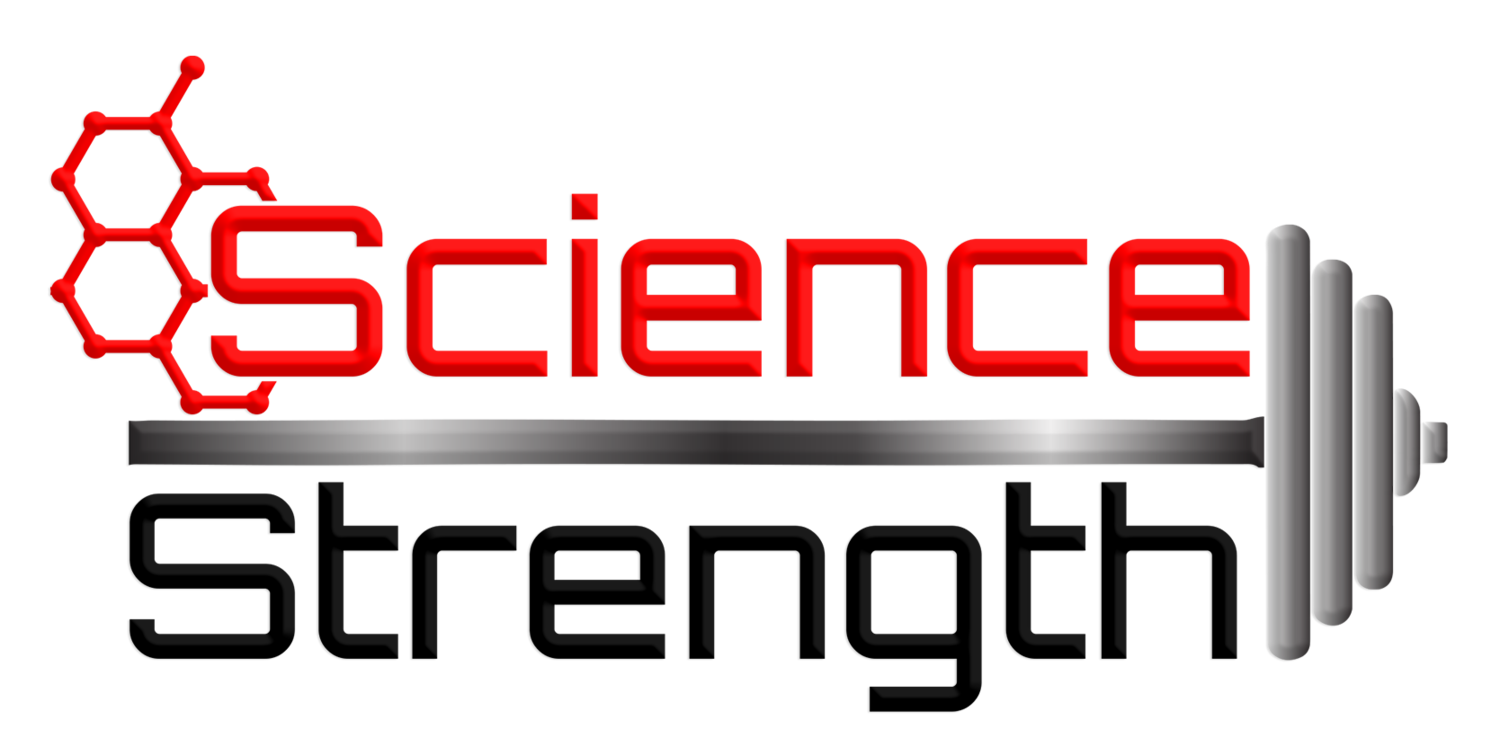Many of my clients who want to become shredded (aka lose fat and gain muscle) ask me whether they should include cardio into their training routine.
The reasons for doing cardio are kind of obvious:
- Cardio increases energy expenditure, which is good if your goal is weight loss
- Cardio is good for staying fit from an endurance perspective
- Cardio can be fun for some people (definitely not everyone!)
However, there is a downside to doing cardio because it is supposed to counteract strength and muscle gains.
But is cardio really so bad? In some research studies that were conducted on untrained individuals, the subject could gain both, strength and muscle, while doing cardio besides lifting. However, what applies to total newbies isn’t necessarily the case for someone with training experience.
In a research study, 30 resistance trained men were divided into four groups and they completed a 6 weeks training program, during which they trained three times a week or didn't train at all (control group).
One group did only strength training. The second did strength training three times a week and endurance training once week. The third group did strength training and endurance training in every session. And the fourth group did not train at all. The strength training program implemented a whole body training routine using compound movements and the form of endurance training was treadmill running.
At the end of the study, the strength training only group and the group that had only one cardio session a week in addition to strength training, had the highest lower body strength increases. In contrast, the group that did cardio after every session gained significantly less strength than the other strength training groups.
Upper body strength increased similarly in all training conditions. While lower body power, measured as the jump height participants could reach, increased only in the strength training group that did no cardio.
What we can learn from this study is that endurance training has the highest negative effect on power gains. If you are an Olympic weightlifter or do any other sports for which power is important, then you should avoid cardio as much as possible. (Side note: Power sports are those in which you have to do strong, fast movements. In contrast to the widespread belief, powerlifting is NOT a power sport because you can't lift very heavy weight fast.)
The more endurance training you do, the less strength you gain. However, the interference between endurance and resistance training is a local process. For this reason, running for instance, doesn’t affect your upper body strength gains (except when running makes you so tired, that you can lift properly or don't eat enough so that your body uses muscle as fuel). However, if you want to gain lower body strength, you should ideally choose a form of cardio that doesn’t involve your legs; arm ergometer for example.
Also, if you want to maximize your gains, you should perform your endurance and resistance training in different training sessions. In an ideal case, on different days. The worst thing you can do is train legs and do treadmill running straight after your leg workout!
If you are interested in muscle size gain (muscle hypertrophy), then I have good news for you. Muscle hypertrophy is more related to strength than it is to power. For this reason, I expect a similar or maybe even less interference between endurance training and muscle gain compared to endurance training and strength gain. However, the guidelines I have given above for performing cardio and strength training on different days and using the muscle groups you don't need to grow for cardio still apply.
Do you want to recap everything in video format to memorize it better? Then watch my video on this topic.
And if you want to bring your training to the next level and finally make those gains, check out my Training Plan Package.


